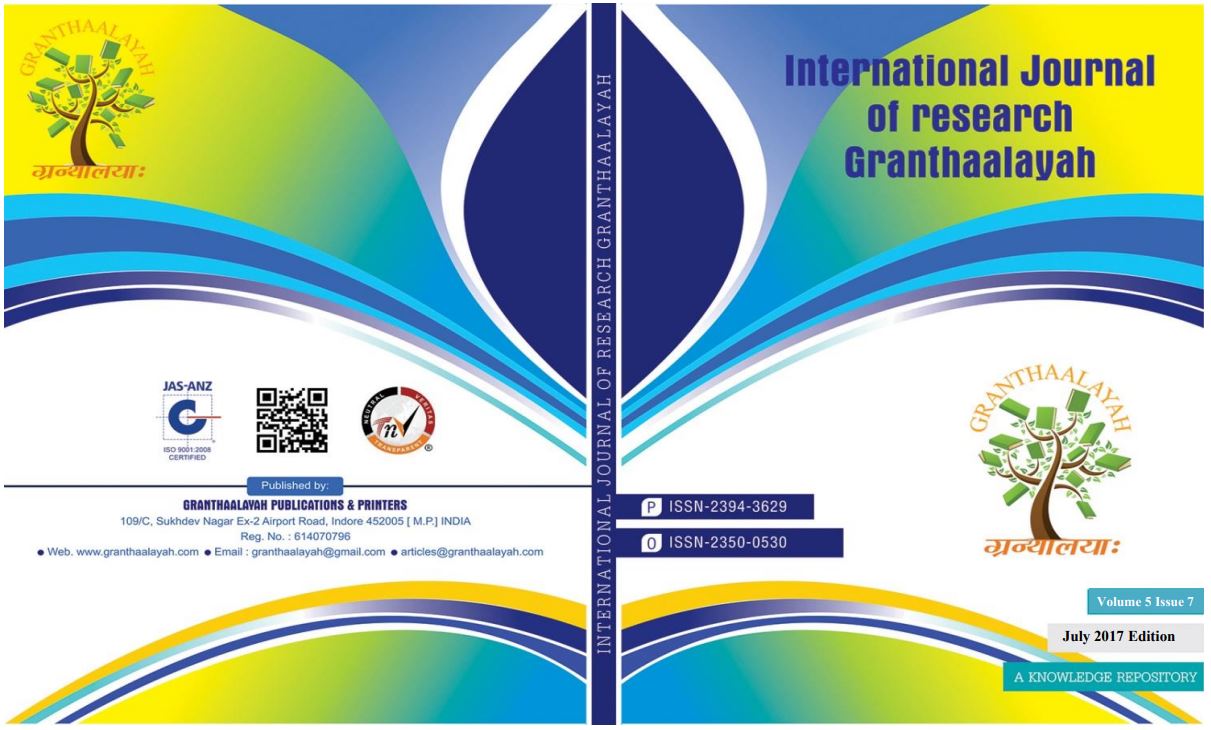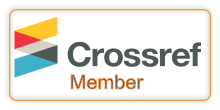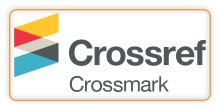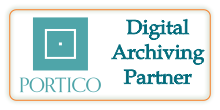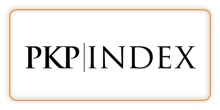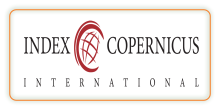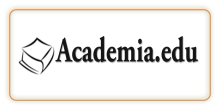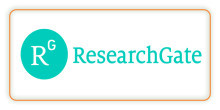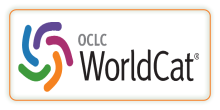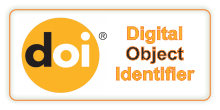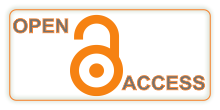AUTHORSHIP PATTERN & COLLABORATION IN ETRI JOURNAL: A SCIENTROMETRIC STUDY
DOI:
https://doi.org/10.29121/granthaalayah.v5.i7.2017.2170Keywords:
Scientometric, ETRI Journal, Web of Science, Authors Productivity, HisCiteAbstract [English]
This study aims to evaluate the publications in ETRI Journal during the year 2010-2016. The data were retrieved from the web of science database maintained by Thomson Reuters, analyzed using tools like HisCite and Microsoft Excel. The adopts various method like Relative growth rate, doubling time, Exponential Growth Rate, Average Authors per Paper, Degree of collaboration etc. focusing on various aspect of the journal such as document types, year wise distribution of publication, authorship pattern, authors productivity, institutions involved, relative growth rate, degree of collaboration, countries wise, most prolific authors of the journal and keyword wise distribution etc. The study reveals that ETRI journal has come out with 7volumes, 42 issues and total publications of 936 articles. The highest number of publications in terms of articles was in the year 2013 followed by 2012. The study shows that most of the papers (98.46%) were contributed jointly whereas (1.6%) papers were contributed by single authors. It reveals that Kim J is the most productive author contributing 58 (6.2%) of articles in ETRI journals. The country wise distribution shows that highest number of contribution comes from the South Korea itself a total record showing 656, (70.1%). ETRI itself is the top most contributors in ETRI Journal and the word “Based” is the most common key word used, with total of 228 (24.4%) records.
Downloads
References
Haitun, S. D. (1983). Scientometrics: State and Perspectives. Science, 8, 48–54.
Jacobs, D. (2001). A bibliometric study of the publication patterns of scientists in South Africa 1992-96, with special reference to gender difference. In ISSI-2001: International Society for Scientometrics and Informetrics. International conference (pp. 275-285).
Mani, K. T. (2014). Authorship Patterns and Collaborative Research in Malaysian Journal of Library and Information Science, 1996-2012.
Mattson, P. (2008). Bibliometrics: an important tool in research evaluation. The Euroscientist, 5.
Murugan, C., & Balasubramani, R. (2012). Scientometric Mapping of Remote Sensing Research Output: A Global Perspective. Library Philosophy & Practice.
Oh, D. G., Yeo, J. S., & Park, S. H. (2015). An Analysis on the Success Factors of International Journal by Institution: With a Special Regard to the Case of the ETRI Journal. Journal of the Korean Society for information Management, 32(3), 361-375. DOI: https://doi.org/10.3743/KOSIM.2015.32.3.361
Pritchard, A. (1969). Statistical bibliography or bibliometrics. Journal of Documentation, 25, 348.
Khaparde, V., & Pawar, S. (2013). Authorship pattern and degree of collaboration in Information Technology. Journal of Computer Science & Information Technology, 1(1), 46-54.
Rajendran, P., Jeyshankar, R., & Elango, B. (2011). Scientometric analysis of contributions to Journal of Scientific and Industrial Research. International Journal of Digital Library Services, 1(2), 79-89.
Rubinandhini, A., & Gomathi, P. (2015). Authorship Pattern on Annals of Library and Information Studies Output During 2005–2014: A Bibliometric Study. International Journal of Engineering Sciences and Management Research, 2(9), 141-151.
Roy, P. M. (1983). Towards a theory of citing in citation analysis studies. Developing Horizons in Library and Information Science, 1, 223–35.
Singh, H. (2013). A bibliometric analysis of the Chinese Librarianship: An International Electronic Journal, 2009-2012. Chinese Librarianship: An International Electronic Journal, 35, 16-27.
Velmurugan, C. (2014). Authorship pattern and collaborative research output of Indian Journal of Pure and Applied Physics (IJPAP). International Journal of Art & Humanity Science (IJAHS), 1(2), 37-41.
Downloads
Published
How to Cite
Issue
Section
License
With the licence CC-BY, authors retain the copyright, allowing anyone to download, reuse, re-print, modify, distribute, and/or copy their contribution. The work must be properly attributed to its author.
It is not necessary to ask for further permission from the author or journal board.
This journal provides immediate open access to its content on the principle that making research freely available to the public supports a greater global exchange of knowledge.

